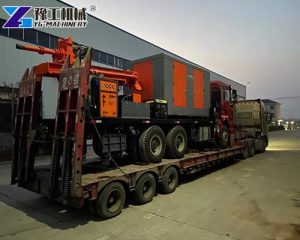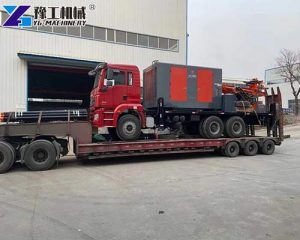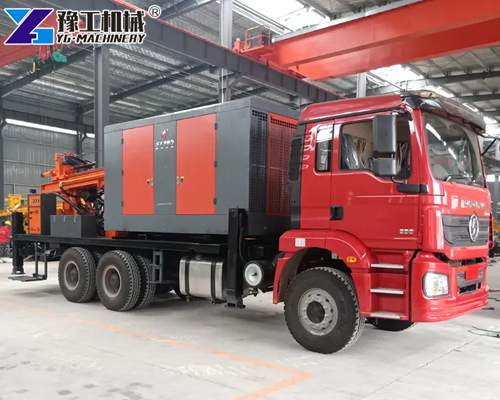Truck mounted water well drilling rig is a self-contained drilling system mounted on a heavy-duty truck chassis. Unlike traditional stationary rigs, this configuration offers unparalleled mobility, enabling operators to transport the rig directly to drilling sites without requiring additional trailers or equipment. The integration of drilling machinery, power units, and support systems into a single vehicle streamlines logistics and reduces setup time, making it ideal for projects in rural areas, disaster zones, or regions with limited infrastructure.
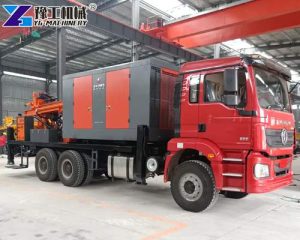

Components of a Truck-Mounted Drilling Rig
Drilling Mast: The vertical structure that supports the drilling tools and provides the necessary height for drilling operations.
Power System: Typically powered by a diesel engine, this system drives the rotary table, hydraulic pumps, and other machinery.
Hydraulic System: Enables precise control over drilling parameters such as torque, speed, and pressure.
Mud Pump: Circulates drilling fluid to cool the drill bit, remove cuttings, and stabilize the borehole.
Operator Cabin: A climate-controlled space equipped with controls and monitoring systems for safe and efficient operation.
Tool Storage: Compartments for storing drill pipes, bits, and other accessories.
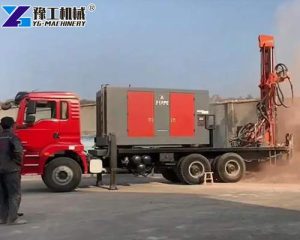
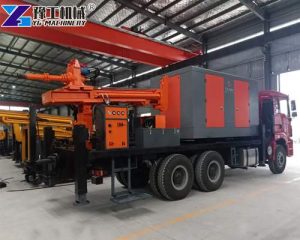
Applications of Truck Mounted Water Well Drilling Machine
Agricultural Irrigation: Farmers in arid regions rely on these rigs to access groundwater for crop irrigation.
Rural Water Supply: NGOs and governments use them to install community water wells in underserved areas.
Mining and Exploration: Geologists deploy rigs to test groundwater availability before establishing mining operations.
Disaster Relief: Rapid deployment capabilities make these rigs critical for emergency water supply after earthquakes, floods, or droughts.
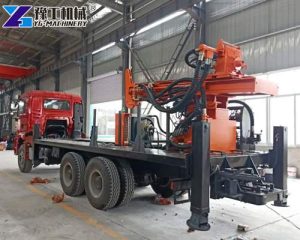
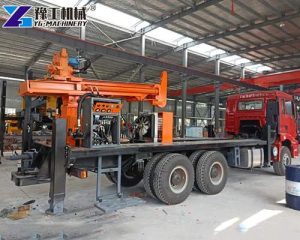
How to Choose the Right Truck Mounted Water Well Drilling Equipment?
Selecting the appropriate rig requires careful consideration of several factors:
Drilling Depth and Diameter: The rig’s capacity should align with the required drilling depth and borehole diameter.
Terrain and Accessibility: The rig’s mobility and adaptability should match the specific terrain and accessibility requirements of the drilling site.
Drilling Method: The chosen drilling method should be compatible with the geological conditions of the drilling site.
